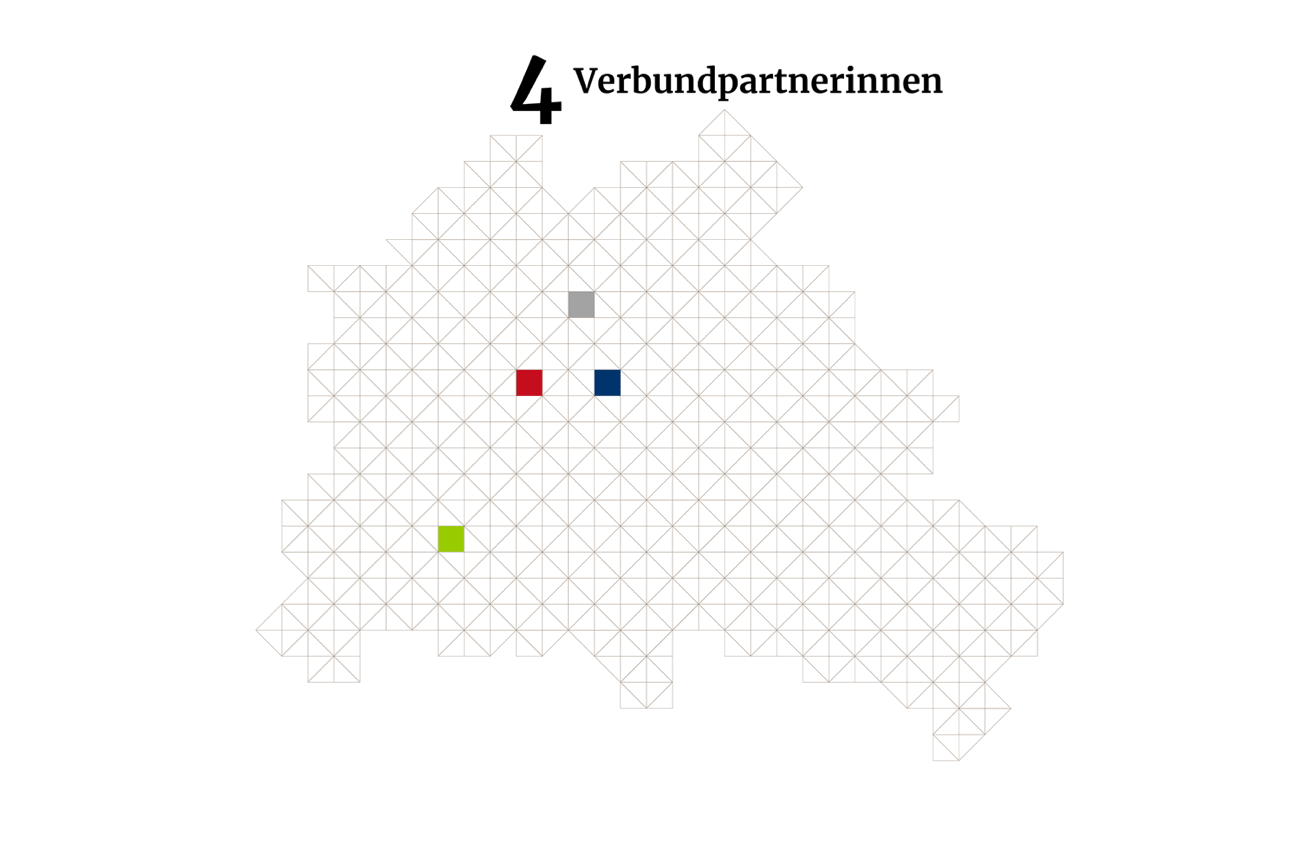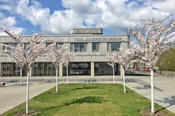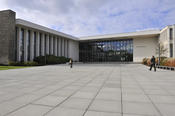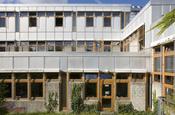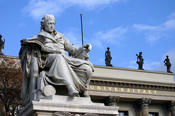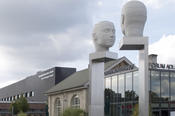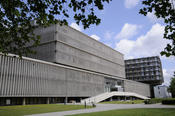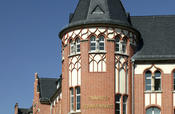Strong Partners
Four strong academic and research partners in Berlin have joined forces to find answers to complex, pressing questions together, across the boundaries of individual disciplines and institutions: Freie Universität Berlin, Humboldt-Universität zu Berlin, Technische Universität Berlin, and Charité – Universitätsmedizin Berlin.
The research performed by this university alliance is already a key factor making Berlin one of Europe’s leading hubs of knowledge and research. These institutions draw well-known scholars, researchers, and scientists from all over the world while also serving as a breeding ground for outstanding next-generation talent in science, research, and academia. More than 100,000 students study here. Through numerous partnerships, some of them having grown up over decades, each of the four institutions has forged global networks with other top academic and research institutions, and all of them regularly hold excellent positions in international rankings.
Freie Universität Berlin
Freie Universität Berlin was founded in 1948 by students and professors, scholars and scientists, with support from the American Allied forces and Berlin politicians.
Today, Freie Universität, with its motto of Veritas, Justitia, Libertas (Truth, Justice, Freedom), is among Germany’s strongest higher education institutions in terms of research. Some 41,000 students from more than 130 nations study on the university’s park-like campus in the Dahlem district and at facilities in adjacent city districts. There are currently more than 170 degree programs with 550 professors teaching here.
Freie Universität won overall distinction in the Excellence Initiative in 2007 and 2012 for its institutional strategy, “Veritas – Justitia – Libertas. International Network University,” which made it the first university in Berlin to earn the status of a University of Excellence. The university has seven liaison offices worldwide. In the follow-up competition, the German Excellence Strategy, Freie Universität is the host university of the Contestations of the Liberal Script (SCRIPTS) cluster of excellence and the Temporal Communities – Doing Literature in a Global Perspective cluster of excellence in addition to the cohost university, in cooperation with Humboldt-Universität and Technische Universität Berlin, of the MATH+ cluster of excellence. Freie Universität is also involved in the NeuroCure and Matters of Activity: Image Space Material excellence clusters.
More information:
- Website of Freie Universität Berlin
Humboldt-Universität zu Berlin
Humboldt-Universität is the oldest higher education institution in Berlin. Ever since it was first founded at the start of the 19th century, the university has engaged in teaching and research activities in all of the fundamental academic disciplines in the humanities, social and cultural sciences, law, life sciences, mathematics and natural sciences, medicine, agricultural sciences and sustainability research, and ancient civilizations. Today, nearly 41,000 young people from over 100 countries are enrolled in 180 bachelor’s and master’s degree programs at Humboldt-Universität zu Berlin, supervised by some 480 professors.
Humboldt-Universität zu Berlin received distinction in the Excellence Initiative jointly sponsored by the German federal and state governments in 2012 for its institutional strategy, “Educating Enquiring Minds. Individuality – Openness – Guidance.” Within the Excellence Strategy, in 2018 the university won funding as host university of the Matters of Activity: Image Space Material cluster of excellence and is also involved in the MATH+, NeuroCure, Unifying Systems in Catalysis (UniSysCat), and Science of Intelligence (SCIoI) excellence clusters.
More information:
- Website of Humboldt-Universität zu Berlin
Technische Universität Berlin
The roots of Technische Universität Berlin and its predecessor institutions stretch back to the time of Frederick II, King of Prussia, during the 18th century. In its current form, Technische Universität Berlin was founded in 1946. Almost 33,000 young people from 147 countries are enrolled in over 120 bachelor’s and master’s degree programs here, where they pursue their education through close interaction between engineering and natural sciences, planning, social sciences, economics, and humanities with an eye to industry and the wider society. With its approximately 370 professors and some 20 spin-offs each year, Technische Universität Berlin is also an important economic driver and incubator of innovations in the German capital city region.
TU Berlin obtained support for the Unifying Systems in Catalysis (UniSysCat) cluster of excellence and the Science of Intelligence (SCIoI) in the Excellence Strategy jointly sponsored by the German federal and state governments. Together with Humboldt-Universität zu Berlin and Freie Universität, it is the host university of the Math+ excellence cluster.
More information:
- Website of Technische Universität Berlin
Charité – Universitätsmedizin Berlin
Charité – Universitätsmedizin Berlin is one of the largest university hospitals in Europe, boasting a total of 3,001 beds and approximately 100 departments and institutes spread over four separate campuses. At Charité, the areas of research, teaching, and medical care are closely interlinked – researchers, scientists, and physicians work together with an interdisciplinary approach. Charité is home to more than 7,500 medical and dentistry students. Its history dates back to 1710. In 2003, it became the joint medical faculty of Freie Universität and Humboldt-Universität zu Berlin. More than half of all German Nobel Prize winners in Physiology and Medicine, including Emil von Behring, Robert Koch, and Paul Ehrlich, hail from Charité.
The NeuroCure Cluster of Excellence within the Excellence Strategy is based at Charité. Researchers and scientists from Charité also contribute to research projects that are not specifically dedicated to medicine, such as the UniSysCat Cluster of Excellence cluster, as well as a number of other clusters.
More information:
- Website of Charité – Universitätsmedizin Berlin

